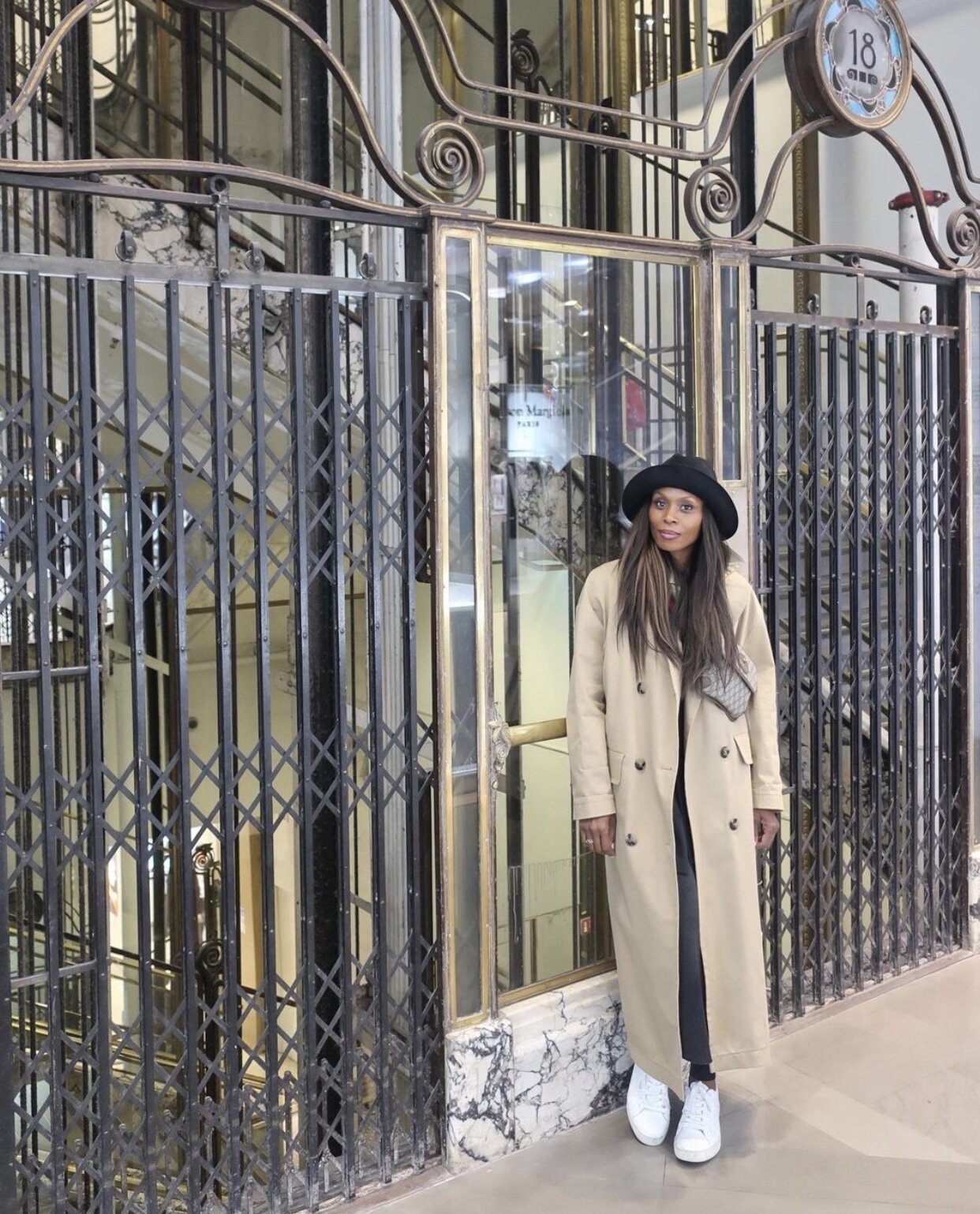Communicating with Color: Apricot
/As I anticipated my return to blogging, I knew I wanted to resume my communicating with color series, since color is so influential in how we process visual information. For this installment, I’m featuring apricot. It’s a color I’ve been eyeing ever since I laid eyes on this luscious Miles Redd entryway in Architectural Digest several years ago.
Apricot isn’t a common hue, and is usually overshadowed by it’s more prominent cousin, orange. But I think its rarity is what makes it interesting. Apricot is a tertiary color, meaning it’s made from a primary color—yellow, and a secondary color—orange (i.e., yellow and red). Because it contains red, it’s also considered a warm color. Like orange, it’s associated with energy and warmth; and like yellow, it stimulates the emotions and lifts spirits.
Colors are often associated with seasons, and I’ve seen apricot in many different shades, ranging anywhere from warm and light, to warm and rich. Warm and light apricot is associated with spring— friendly and gregarious, but not too deep. Warm and rich apricot is associated with autumn; and is more fiery and intense with a feeling of substance. It’s been said that there are no good or bad colors, but the key to perceiving a color positively lies in the way it’s used.
If you’re not sure whether to go for a spring apricot, an autumn apricot, or anywhere in between (such as more of a summer or winter apricot, but I’ll save that for another time), know that any intense, rich color (which contains some black) is more energetic, and less restful. On the other hand, lighter, spring-like colors (which have no black) are more airy and carefree. You’d also want to consider what color scheme to use.
There are many different color schemes, and I’ll name just a few here. A monochromatic apricot color scheme is when you use lighter and darker variations of apricot. This look is cohesive and minimal; and while some may find it boring, the variation makes it interesting— not to mention the effort it takes to stick to such a limiting palate!
You can also choose an analogous apricot color scheme. This is when you use colors close to apricot on the color wheel. It can create a sense of order, but could also stir up some tension, adding a bit of interest.
Lastly, you can choose a complementary color scheme. This is when you pair apricot with a color directly opposite of the color wheel for maximum contrast. Apricot’s complementary color is in the blue range. A complementary color scheme tends to create balance and high impact.
So if you want to try apricot, think what look you want to evoke, cohesive and minimal; a sense of order or a bit of tension; or high contrast and stimulation. Then choose your color scheme accordingly!
I’m really enjoying the color, apricot and think I’ll use it in my home. Would you use it in your wardrobe or home? If so, what what color scheme would you go for?








































